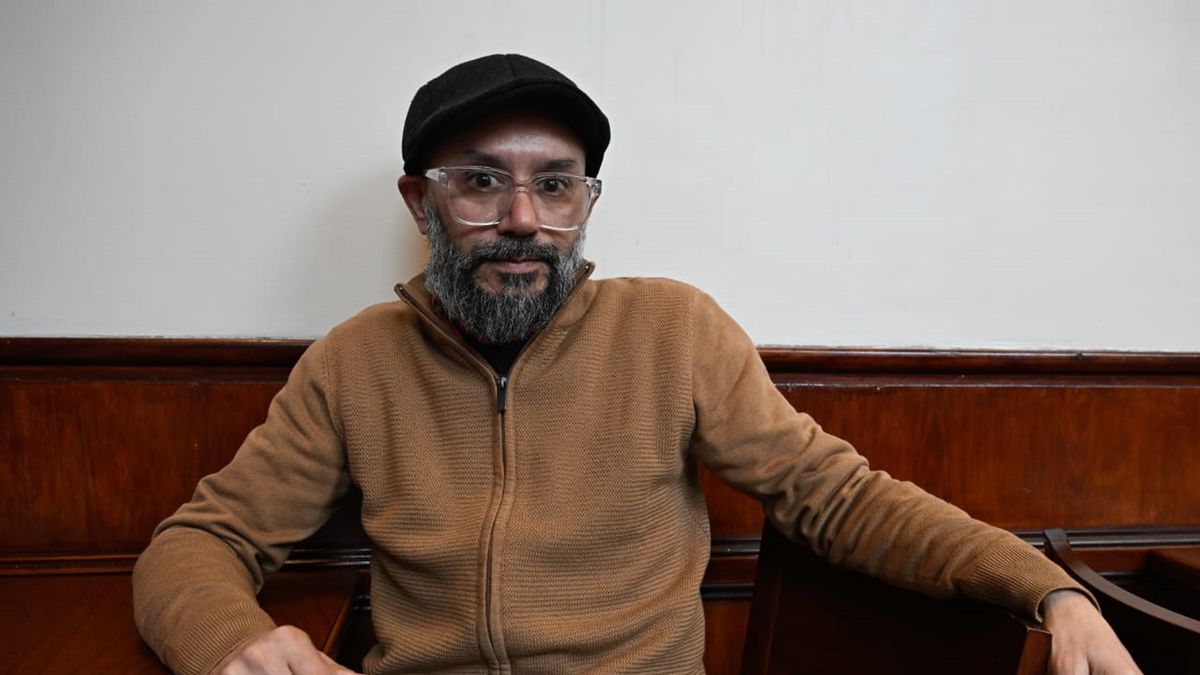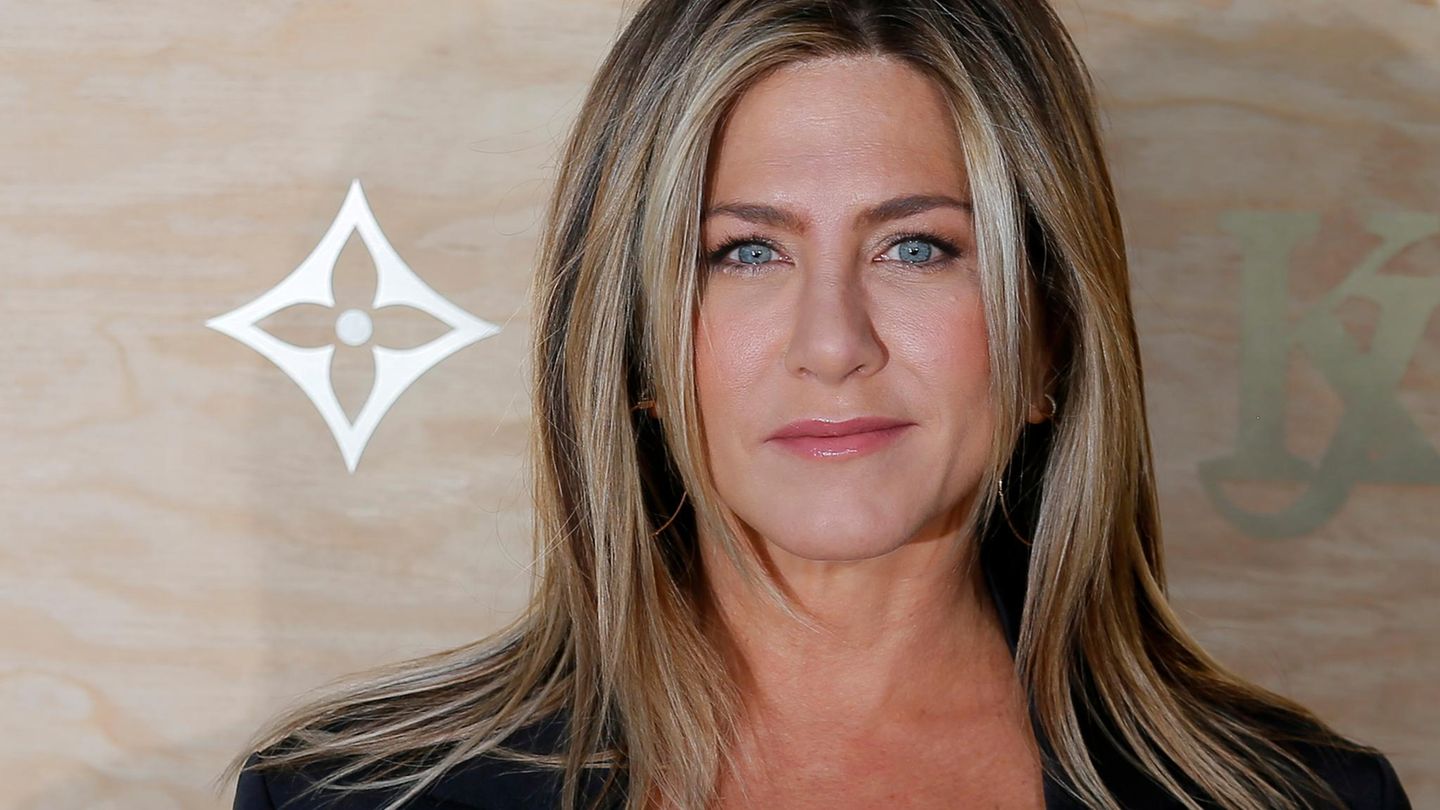The narrative tension of the hard-boiled police story, the western and the gaucho novel merge in “Four Black Horses” (Absolute Black) of Juan Carra rescuing and updating a great tradition of our literature. Carra He has published nine books. He has been awarded the Alfonsina Prize for Literary Creation and is a professor at the National University of the Arts.
Juan Carrà: “Four Black Horses” is a cross between a western and a gaucho film that takes place in the Pampas at the time when the railroad is being extended, altering the world of the gauchos and turning them into displaced subjects. In the gaucho film, the protagonist is persecuted by a State that, at the same time, allows crime to flourish. This lawless territory, this universe of action and violence, unites the roughneck, quarrelsome and courageous gauchos with the cowboys of the westerns.
Q: Why are your main characters four women?
JC: These women are just as subjugated, oppressed and displaced as the gauchos. They come from different origins and are oppressed in different ways, and they become active subjects in seeking to free themselves from the subjugation they suffer. The American Ethel is escaping from justice, Nancy from racism, La Polaca from prostitution, the Indian Muda from the man who cut off her tongue.
Q: In what ways do you think western and gaucho literature have in common?
JC: There are many similarities. The western appeared in the United States together with the expansion towards the west with settlers and adventurers. In Argentina the situation of the gauchos changed when the army advanced towards the south seeking to expand the productive territories, recruiting and exterminating the tribes that were located there. These are two coinciding narratives. The Saloon is the space of social reproduction of the western, the Pulpería is that of criollismo. Places of alcohol, card or taba games, of unions and confrontations, of shootings and stabbings. In the gauchesca, most of the time the protagonist is persecuted by a State. The lawless territory unites the rough, quarrelsome and courageous gauchos with the cowboys of the westerns. “Cuatro caballos negros” unites these two traditions, it is a western in our pampas, it links the dramatic tension that is the great protagonist of these two literatures.
Q: Is this the case of that payador who sings to a gaucho who never gets off his horse?
JC: It is a tribute to Antonio Di Benedetto. What the payador Santos Vega sings in the pulpería are my verses about the penitent gaucho from the story “Aballay”, where Di Benedetto united American literature with ours. And which Fernando Spiner later used to film a western and make a comic strip,
Q: The owner of the brothel, which La Polaca runs, is Arturo Haffner, the Melancholic Ruffian, Arlt’s character. Did you try to make a prequel to “The Seven Madmen”?
JC: No. In my novel Haffner is not yet a melancholic ruffian, he is an exploiter of women. Arlt’s character is a warm one, a theorist who plans a social revolution. I was interested in showing, by bringing him, how through Arlt the gauchesca has its continuity in the social and criminal novel that recovers the characters that are left on the edges of the urban world. In that sense, Mempo Giardinelli maintains that cowboy novels prefigure the later black novel.
Q: Ethel, the millionaire who becomes a rancher, is Ethel Place the wife of the Sundance Kid?
JC: When I started this novel I was going to write about the famous group Butch Cassidy, the Sundance Kid and Ethel Place in Patagonia, but a friend told me that Miguel Ángel Molfino was writing “Pampa del infierno”, a novel about Butch Cassidy. I decided to make a transformation, change a lot and keep something, for example, with Ethel, the gunslinger from the United States, who, being persecuted, comes to Argentina with as much experience as dollars. On her trip, she who is alone, begins to make friends. Nancy, a beautiful young black singer. La Polaca, for Haffner too pretty to be a common whore, that allowed me to play with the first trafficking network that existed in the country. Then the drama brought me the daughter of this land that is mute.
Q: What led you to include a black singer in La Pampa?
JC: I took the pleasure of putting into the novel everything that I like at some point. Nancy is a character from southern literature, that of Faulkner, Flannery O’Connor, Carson McCullers, readings that left their mark on me. That is how in “Four Black Horses,” a novel of action, adventure, territory, colt or knife fights, love and hate, with an implacable rhythm, she does not leave aside that social tension, of denunciation, typical of the tradition of literature of the genre.
Q: Why do you bring in a narrator at crucial moments?
JC: He makes it possible for such intersecting languages, with such dissimilar characters, to be integrated into the story. Otherwise, with so many voices, it would have been an impossible collage. He had to have a chronicler who is going to tell us something he has researched, what he thinks and what a man sentenced to death tells him. The narrator intervenes to mark the time of what happens. When I was finishing “Four Black Horses” I felt that perhaps it was the beginning of a saga. The idea is there.
Q: What are you working on now?
JC: I’m actually pretty much working on the continuation of “Cuatro caballos negros” and I’m intrigued by what’s going to happen, what happens to the band that’s been formed, what the narrator means when he says he has many other things to tell about these people. Besides, I’m now working on a non-fiction book about a family that was a victim of the dictatorship. It’s a real event that’s linked to my book of short stories “Ojos al Ras”, the novel “Agazapados”, and the graphic novel “ESMA”, it’s a narrative line about issues of the dictatorship.
Source: Ambito
I am an author and journalist who has worked in the entertainment industry for over a decade. I currently work as a news editor at a major news website, and my focus is on covering the latest trends in entertainment. I also write occasional pieces for other outlets, and have authored two books about the entertainment industry.




